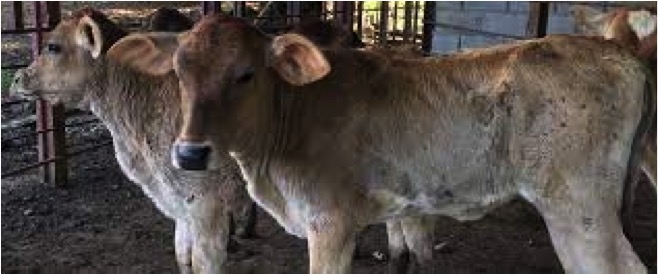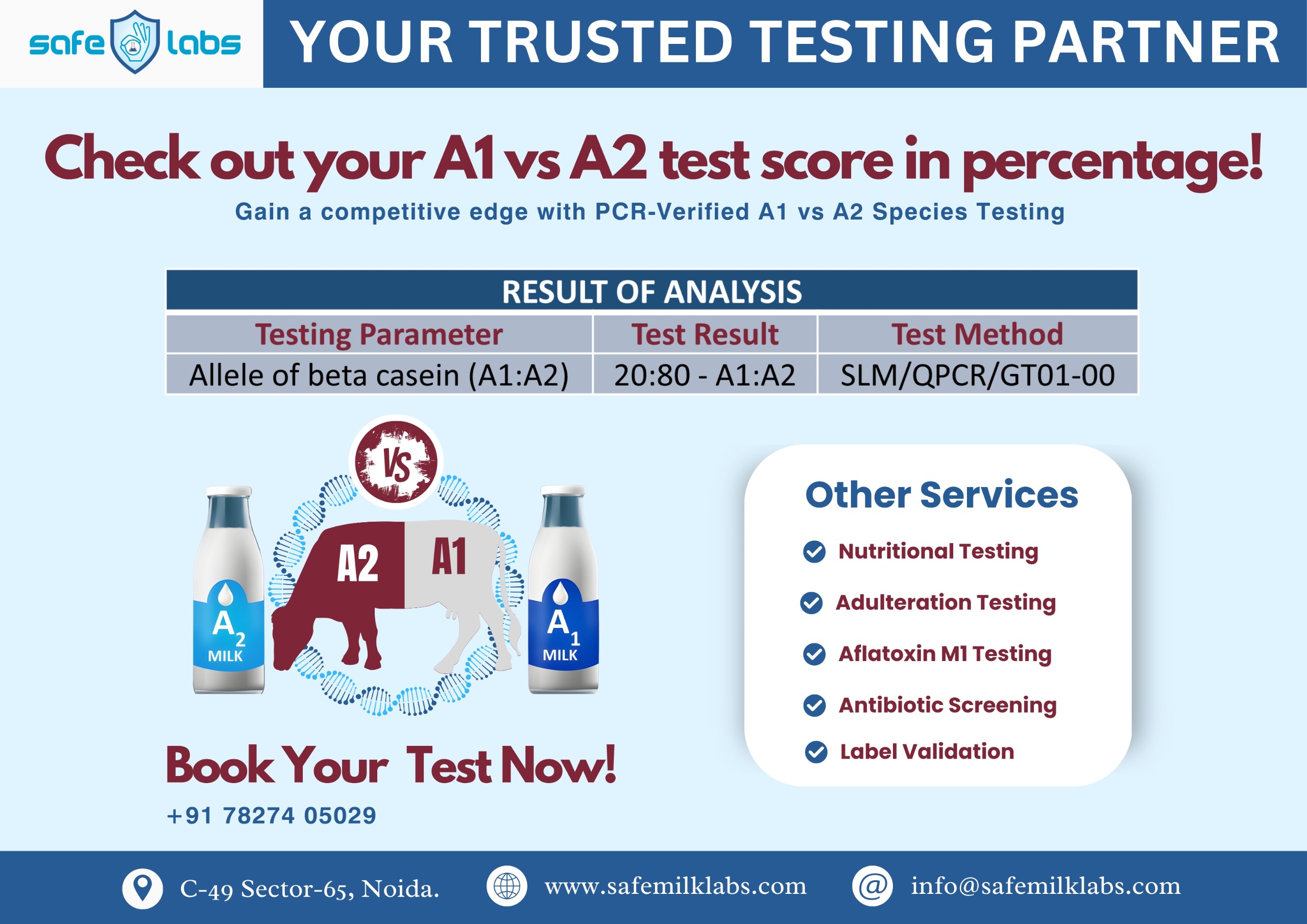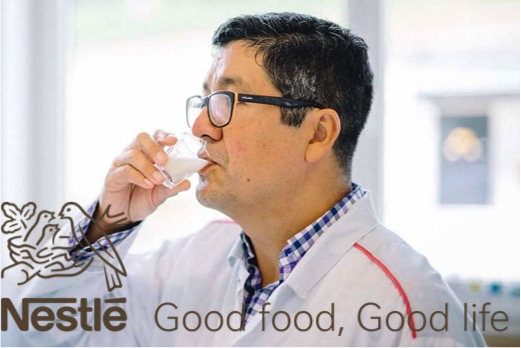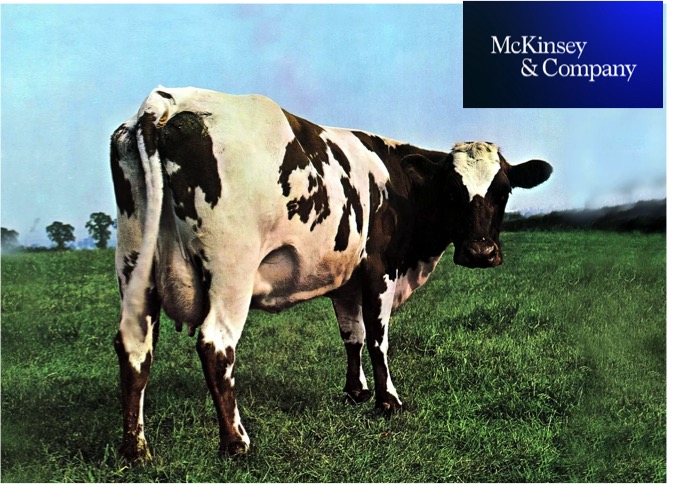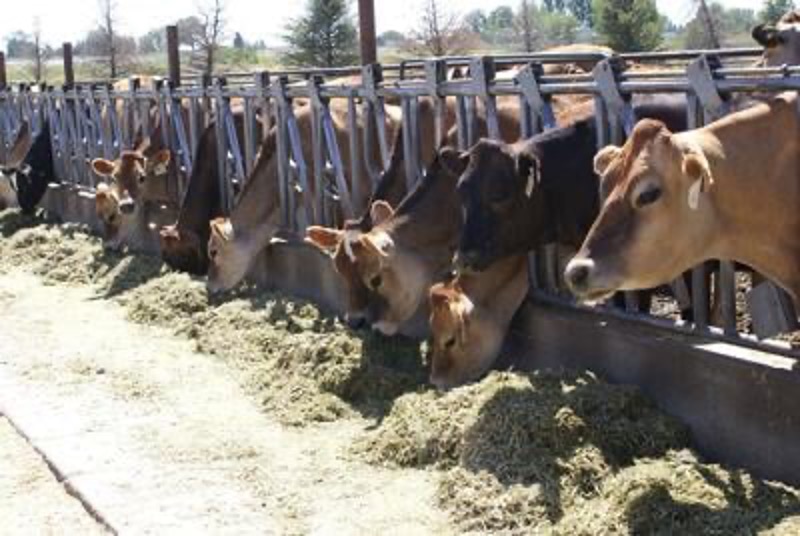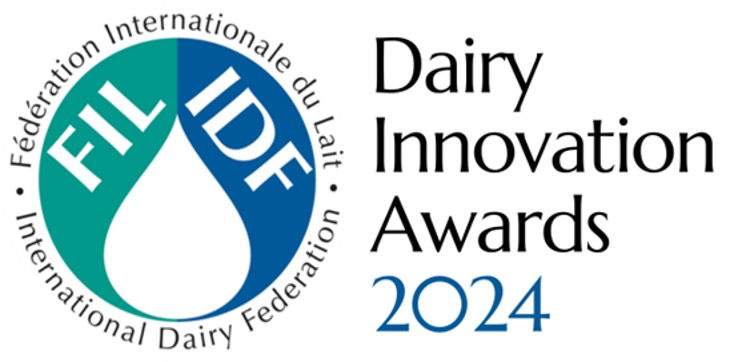A study of more than 5,000 salmonella bacteria isolated over 15 years from dairy cattle samples in the Northeast reveals a significant increase in resistance to the antimicrobial medications ampicillin, florfenicol and ceftiofur.
Analyzing data derived from bovine samples submitted to Cornell’s Animal Health Diagnostic Center between 2007 and 2021, researchers also found that two salmonella serotypes, or varieties, called Dublin and Montevideo, significantly increased over time. Dublin is a serotype that tends to be resistant to multiple antimicrobials.
“Salmonella Dublin has really emerged in New York over the past decade, and it is almost always multidrug resistant,” said Kevin Cummings, professor in the Department of Public and Ecosystem Health and one of the lead authors of the paper. “A key take-home message is that the trend in antimicrobial resistance is driven by the sharp rise in salmonella Dublin over time.”
Maya Craig, a doctoral student who works in the Cummings lab, analyzed the data and was first author of the paper, published in the journal Zoonoses Public Health.
There are more than 2,600 serotypes of salmonella; of those, approximately 10 are responsible for most salmonella illnesses in humans. Salmonella Dublin is an important serotype to track because it typically leads to more severe illness in humans, with a greater risk of hospitalization and death, Cummings said. Salmonella Dublin is also host-adapted to cattle, and can cause severe outbreaks with high mortality.
“Once a cow is infected, they can be long-term carriers and shed the bacteria for life,” Cummings said. “When people get infected, we can assume the infection originated from cattle.”
Cummings is working to better understand how to manage salmonella Dublin and minimize its spread among cattle.
“It would be very advantageous if we could diagnose it more effectively and determine the factors that promote introduction into dairy herds and subsequent transmission within and among farms,” he said.
In addition, Cummings’ laboratory is contributing to a universitywide project to promote antimicrobial stewardship more broadly. The Cornell Center for Antimicrobial Resistance Research and Education was established last year to unite experts in epidemiology, microbiology, sociology and other fields to address the growing problem of antimicrobial resistance. In the United States, antimicrobial-resistant pathogens lead to more than 2.8 million infections and 35,000 deaths in humans each year.
“Antimicrobials have saved the world since they were developed in the 1930s,” said Craig Altier, professor in the Department of Population Medicine and Diagnostic Sciences and a member of the new center. “People used to die of the most mundane injuries because they would become infected. But now we have this problem where the microbes have become resistant to the antimicrobial agents we have developed.”
Cornell is a perfect institution to address this problem, Altier said, because of the interdisciplinary nature of the university.
“Antimicrobial resistance involves both human and veterinary medicine,” he said. “You need basic scientists to learn how the bacteria live and survive, and what is the best way to attack them. You need engineers to come up with new diagnostic tools. And you need communication experts who can explain this problem to the public.”
Antimicrobial resistance is a “One Health” issue – an approach that balances the health of people, animals and the environment. Said Altier: “We have to attack it from a multidisciplinary perspective.”


